-
 Bitcoin
Bitcoin $117900
-0.06% -
 Ethereum
Ethereum $3598
1.67% -
 XRP
XRP $3.433
0.63% -
 Tether USDt
Tether USDt $1.000
-0.02% -
 BNB
BNB $733.2
0.65% -
 Solana
Solana $176.9
-0.25% -
 USDC
USDC $0.9999
0.00% -
 Dogecoin
Dogecoin $0.2417
2.67% -
 TRON
TRON $0.3178
-2.25% -
 Cardano
Cardano $0.8310
2.11% -
 Hyperliquid
Hyperliquid $44.43
0.23% -
 Stellar
Stellar $0.4628
1.17% -
 Sui
Sui $3.852
2.09% -
 Chainlink
Chainlink $18.48
4.01% -
 Hedera
Hedera $0.2684
3.59% -
 Avalanche
Avalanche $24.57
4.87% -
 Bitcoin Cash
Bitcoin Cash $513.5
-0.02% -
 Shiba Inu
Shiba Inu $0.00001492
1.99% -
 Litecoin
Litecoin $113.2
11.61% -
 UNUS SED LEO
UNUS SED LEO $8.980
0.12% -
 Toncoin
Toncoin $3.211
0.51% -
 Polkadot
Polkadot $4.406
4.64% -
 Uniswap
Uniswap $10.16
0.26% -
 Monero
Monero $323.1
1.04% -
 Ethena USDe
Ethena USDe $1.001
-0.02% -
 Bitget Token
Bitget Token $4.936
1.21% -
 Pepe
Pepe $0.00001346
3.98% -
 Dai
Dai $1.000
-0.01% -
 Aave
Aave $318.9
-1.42% -
 Cronos
Cronos $0.1211
2.74%
What is slashing in staking and how does it affect liquid staking?
Slashing in PoS networks penalizes dishonest validators by confiscating part of their staked assets, deterring misconduct and ensuring network security.
Jul 20, 2025 at 01:07 am
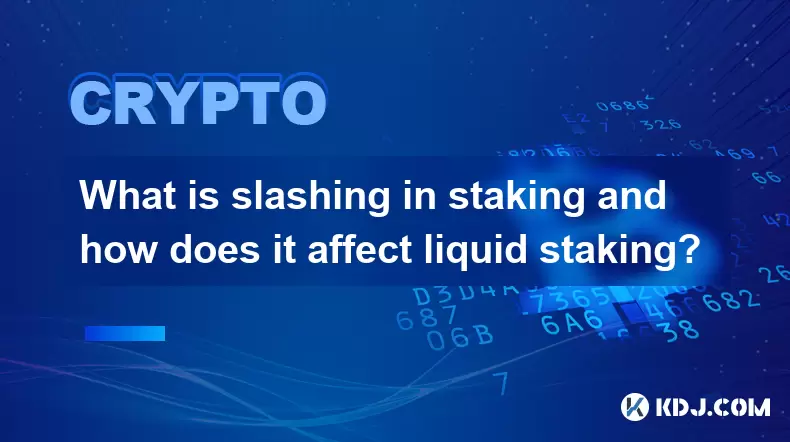
What is Slashing in Staking?
In the context of blockchain and proof-of-stake (PoS) networks, slashing refers to a penalty mechanism designed to enforce honest behavior among validators. Validators are responsible for proposing blocks and attesting to the validity of transactions. If a validator acts maliciously or fails to perform their duties correctly, a portion of their staked cryptocurrency is slashed, or confiscated.
This mechanism serves as a deterrent against harmful actions such as double-signing, being offline for extended periods, or attempting to manipulate the network. The slashing penalty can vary depending on the network's protocol, but it typically results in a significant loss of staked assets, sometimes even the entire stake.
How Does Slashing Work in Practice?
When a validator node is caught violating network rules, the protocol automatically triggers a slashing event. This process involves:
- Detection of malicious or incorrect behavior, such as signing two different blocks at the same height.
- Automatic deduction of staked assets from the validator's balance.
- Potential removal of the validator from the active validator set, depending on the severity of the offense.
Some networks implement partial slashing, where only a percentage of the validator's stake is taken, while others use full slashing, which can result in total loss of stake. The slashing conditions are usually outlined in the consensus rules of the PoS blockchain.
Understanding Liquid Staking
Liquid staking is a mechanism that allows users to stake their tokens while retaining liquidity. Instead of locking up their assets for an extended period, users receive liquid staking derivatives (LSDs)—tokens that represent their staked assets plus accrued rewards.
These LSDs can be used in decentralized finance (DeFi) applications, such as lending, borrowing, or providing liquidity, without having to unstake their original tokens. Popular liquid staking protocols include Lido Finance, Rocket Pool, and Stakewise.
However, liquid staking introduces additional risk, especially when it comes to slashing events. Since users delegate their stake to a third-party operator or smart contract, they are indirectly exposed to any slashing penalties incurred by the validator.
How Slashing Affects Liquid Staking Protocols
When a validator associated with a liquid staking protocol is slashed, the impact is not limited to the validator alone. The slashing penalty is passed on to the token holders who deposited their assets into the protocol. This occurs because the value of the liquid staking derivative token (e.g., stETH or rETH) is pegged to the underlying staked asset.
If a validator in the protocol is slashed, the total value of the staked pool decreases, which in turn reduces the redemption value of the LSD tokens. This means users who hold these tokens may experience a reduction in their principal or future rewards, depending on the severity of the slashing event.
Some liquid staking platforms attempt to mitigate this risk by diversifying validator sets or using insurance funds, but these mechanisms are not foolproof.
Slashing Risk and User Exposure in Liquid Staking
For users participating in liquid staking, understanding slashing risk is crucial. While liquid staking offers liquidity and flexibility, it also exposes users to operational and behavioral risks of validators. These include:
- Technical failures, such as server downtime or software bugs.
- Protocol violations, including double-signing or equivocation.
- Smart contract vulnerabilities, which could lead to slashing events if exploited.
Users should carefully assess the reputation and security measures of the liquid staking provider. It is also important to monitor the health of the validator set and understand how slashing events are handled within the protocol.
Some platforms provide transparent dashboards that show validator performance and slashing history, helping users make informed decisions.
Mitigating Slashing Risks in Liquid Staking
To reduce the impact of slashing on liquid staking, several strategies are employed by both protocol developers and users:
- Distributed Validator Architecture: Some platforms distribute staking power across multiple validators to reduce the effect of a single slashing event.
- Insurance Mechanisms: Certain protocols maintain reserves or insurance funds to cover losses from slashing.
- Decentralized Governance: Community-driven governance allows for better oversight of validator behavior and slashing response strategies.
- Validator Monitoring Tools: Users can utilize third-party tools to track validator uptime, performance, and slashing history.
Despite these measures, slashing remains a systemic risk in PoS networks. Therefore, users must remain vigilant and informed when participating in liquid staking solutions.
Frequently Asked Questions
Q: Can slashing lead to a total loss of funds in liquid staking?
Yes, in extreme cases where a validator commits a severe violation, the slashing penalty can be severe enough to significantly reduce the value of the liquid staking derivative tokens. However, total loss scenarios are rare and often depend on the network's slashing rules and the protocol's risk mitigation strategies.
Q: How do liquid staking protocols handle partial slashing?
Most protocols adjust the exchange rate between the liquid staking token and the underlying asset to reflect the reduced value after slashing. This means users receive fewer tokens upon withdrawal or experience lower returns over time.
Q: Is there a way to avoid slashing when using liquid staking?
While it's not possible to completely avoid slashing risk, users can minimize exposure by choosing well-audited protocols with strong validator management practices and diversified staking pools.
Q: Are slashing penalties the same across all PoS blockchains?
No, slashing penalties vary significantly between different PoS blockchains. Some networks apply minor penalties for minor infractions, while others impose heavy penalties for serious violations. Each blockchain defines its own slashing rules based on its consensus mechanism and security model.
Disclaimer:info@kdj.com
The information provided is not trading advice. kdj.com does not assume any responsibility for any investments made based on the information provided in this article. Cryptocurrencies are highly volatile and it is highly recommended that you invest with caution after thorough research!
If you believe that the content used on this website infringes your copyright, please contact us immediately (info@kdj.com) and we will delete it promptly.
- XRP Mining, the GENIUS Act, and Coin Holders: A New Era?
- 2025-07-20 06:30:12
- Arctic Pablo Coin: Navigating the Icebound Estates Presale and Token Burn Strategy
- 2025-07-20 06:30:12
- Arctic Pablo Coin's Myth-Themed Presale: Icebound Estates and Beyond!
- 2025-07-20 06:50:12
- Snorter Token's Presale Success: Riding the GENIUS Act Wave in the Crypto World
- 2025-07-20 06:50:12
- PENGU Token's Breakout Momentum: Riding the Wave in a Bearish Market
- 2025-07-20 07:10:12
- Crypto's 100x Hunt in 2025: Beyond the Hype
- 2025-07-20 07:10:12
Related knowledge
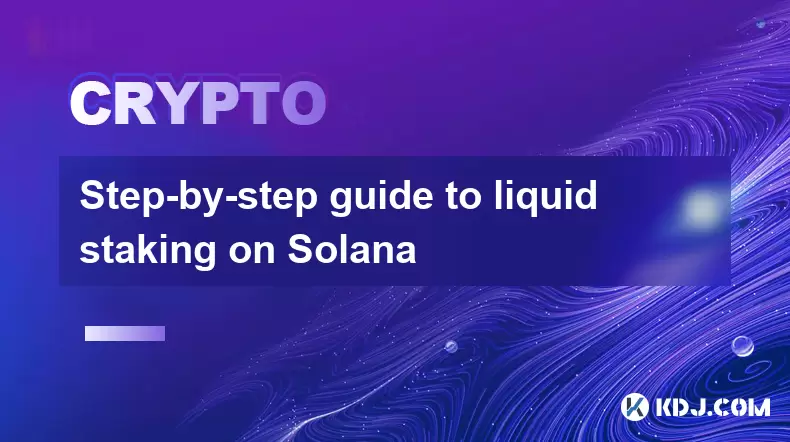
Step-by-step guide to liquid staking on Solana
Jul 20,2025 at 06:42am
What is Liquid Staking on Solana?Liquid staking is a mechanism that allows users to stake their cryptocurrency while retaining liquidity through the i...
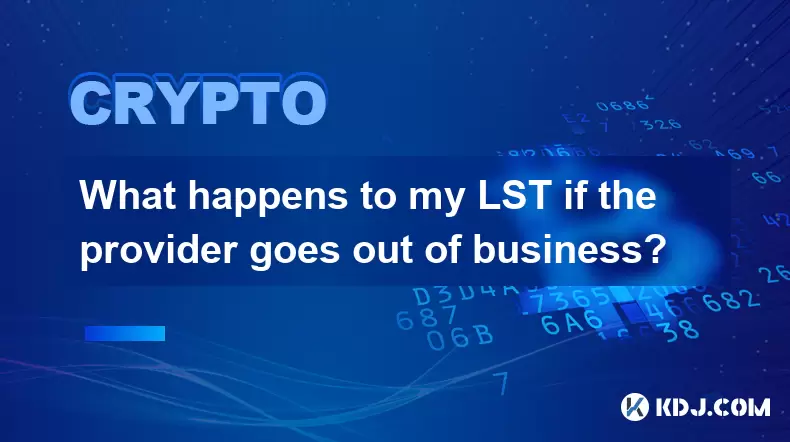
What happens to my LST if the provider goes out of business?
Jul 19,2025 at 10:21pm
Understanding LST and Its Dependence on ProvidersWhen you stake your Ethereum (ETH) through a Liquid Staking Token (LST) provider, you receive a token...
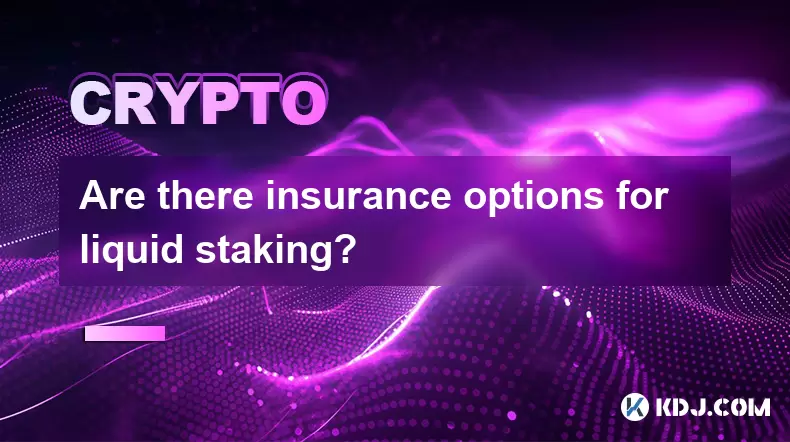
Are there insurance options for liquid staking?
Jul 19,2025 at 06:08pm
Understanding Liquid Staking and Its RisksLiquid staking is a process where users stake their cryptocurrency assets to participate in network validati...
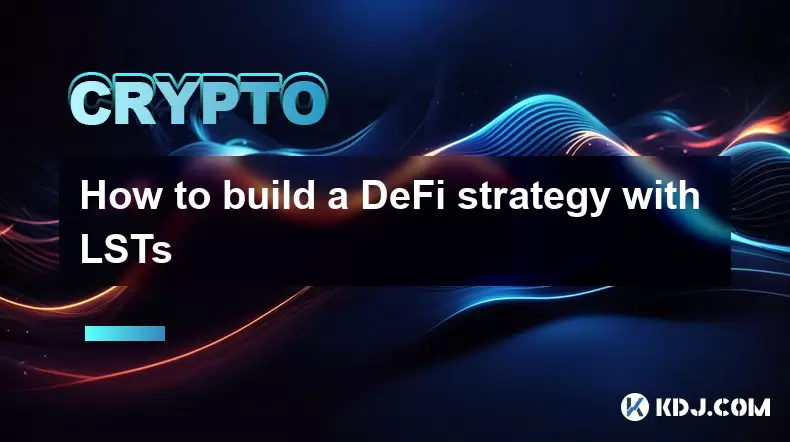
How to build a DeFi strategy with LSTs
Jul 19,2025 at 07:07pm
Understanding LSTs and Their Role in DeFiLSTs, or Liquid Staking Tokens, are derivative tokens that represent staked assets on a proof-of-stake (PoS) ...
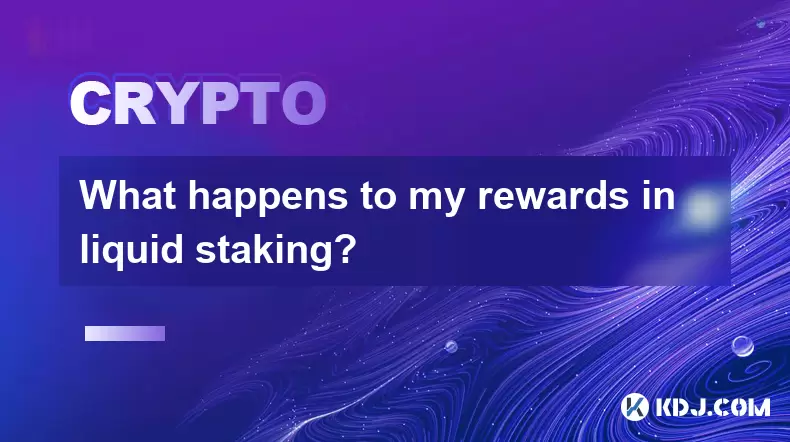
What happens to my rewards in liquid staking?
Jul 19,2025 at 12:21pm
Understanding Liquid Staking and Its MechanicsLiquid staking is a mechanism in the cryptocurrency ecosystem that allows users to stake their tokens wh...
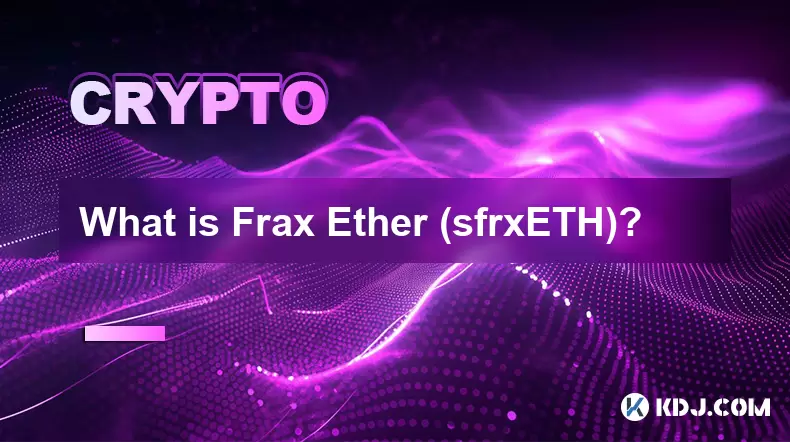
What is Frax Ether (sfrxETH)?
Jul 19,2025 at 10:08am
Understanding Frax Ether (sfrxETH)Frax Ether (sfrxETH) is a derivative token within the Frax Finance ecosystem, which is a decentralized finance (DeFi...

Step-by-step guide to liquid staking on Solana
Jul 20,2025 at 06:42am
What is Liquid Staking on Solana?Liquid staking is a mechanism that allows users to stake their cryptocurrency while retaining liquidity through the i...

What happens to my LST if the provider goes out of business?
Jul 19,2025 at 10:21pm
Understanding LST and Its Dependence on ProvidersWhen you stake your Ethereum (ETH) through a Liquid Staking Token (LST) provider, you receive a token...

Are there insurance options for liquid staking?
Jul 19,2025 at 06:08pm
Understanding Liquid Staking and Its RisksLiquid staking is a process where users stake their cryptocurrency assets to participate in network validati...

How to build a DeFi strategy with LSTs
Jul 19,2025 at 07:07pm
Understanding LSTs and Their Role in DeFiLSTs, or Liquid Staking Tokens, are derivative tokens that represent staked assets on a proof-of-stake (PoS) ...

What happens to my rewards in liquid staking?
Jul 19,2025 at 12:21pm
Understanding Liquid Staking and Its MechanicsLiquid staking is a mechanism in the cryptocurrency ecosystem that allows users to stake their tokens wh...

What is Frax Ether (sfrxETH)?
Jul 19,2025 at 10:08am
Understanding Frax Ether (sfrxETH)Frax Ether (sfrxETH) is a derivative token within the Frax Finance ecosystem, which is a decentralized finance (DeFi...
See all articles

























































































